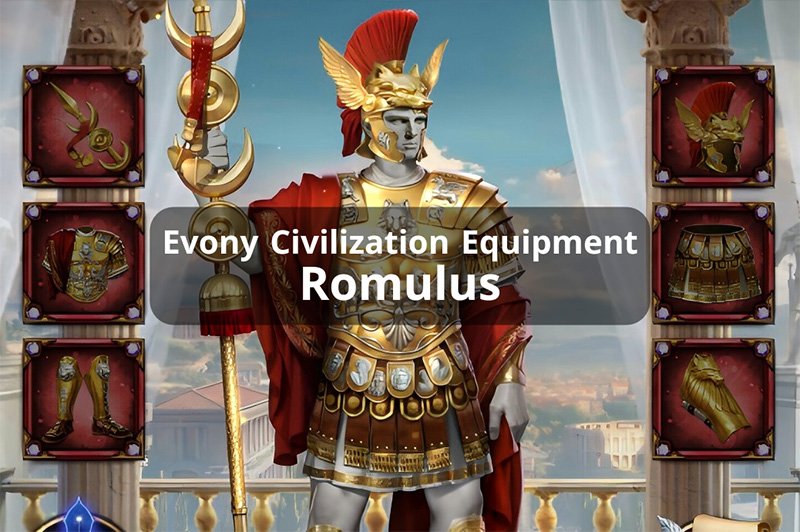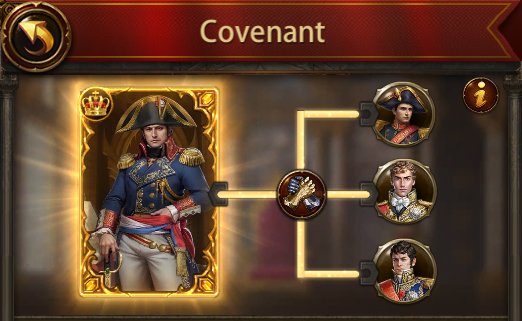Last updated on November 28th, 2023
As players advance in the game, reaching Keep level 11 unlocks the potential of the first Subordinate City within the Main City. Additionally, players can occupy external subordinate cities, with an initial limit of two.

Understanding Basic Benefits
The benefits derived from subordinate cities vary based on factors like the city’s rarity, level, and the appointed mayor. Here’s a breakdown:
1. Troop Deployment from Subordinate Cities:
- Subordinate cities maintain separate armies from the main city.
- These troops can be dispatched for monster hunts, enemy city attacks, or defense.
- The number of troops from subordinate cities isn’t tied to the main city’s march size.
- However, if a subordinate city’s level lags behind the main city’s Keep level, its troops will be of a lower tier, making them less formidable in battle. Rapid troop augmentation requires gems, which might not be feasible for all players.
- Unlike the main city, troops from subordinate cities that fall in battle are considered dead, not wounded. They won’t be hospitalized. Players can undertake specific research to enhance troop survival rates.
2. Gold Production:
- Subordinate cities automatically generate gold over time. The production rate accelerates with the keep level of the subordinate city. However, despite potential boosts from general skills, the gold production rate remains relatively slow for many players.
3. Material Production:
- Subordinate cities autonomously produce materials, refining stones, and research stones. The production halts once the storage limit, determined by the city’s rarity, is reached. Picking up these materials resumes production. The type of materials produced is influenced by the city’s culture. Research can further enhance production speed and material yield.
Diving Deeper: Advanced Benefits
While the aforementioned benefits are foundational, subordinate cities offer more strategic advantages:
1. Buffs and Debuffs:
- Subordinate cities can bestow buffs, enhancing aspects like construction speed or attack power. The potency of these buffs escalates with the city’s rarity. Occupying multiple subordinate cities on the map amplifies these buffs.
- Mayors with debuff skills can significantly impact battles when their subordinate city is involved. Some seasoned players have achieved debuffs exceeding -600%, factoring in equipment and specialties. All debuffs from each mayor are cumulative.
2. General EXP Accumulation:
- When a subordinate city led by a mayor enters battle, the mayor (or general) also gains experience points (EXP). The mayor receives half the EXP earned by the main general.
Key Considerations for Players:
- Subordinate City Culture: The culture of a subordinate city determines the buffs it offers. For instance, Japanese cities might boost attacks, while Korean cities enhance resource gathering. Players can strategically choose cities based on their current game focus.
- Mayor’s Role: While mayors can have buffs, these don’t impact the main city’s troops. The primary value of a mayor in a subordinate city lies in their debuff skills.
For a more detailed exploration, players can refer to the “Mayor” section in the “Subordinate City Complete Guide” and lists of top-performing generals.
In conclusion, understanding and effectively managing subordinate cities can significantly enhance a player’s strategic position in the game. Whether it’s through buffs, debuffs, or resource generation, these cities offer a plethora of opportunities for growth and dominance.






